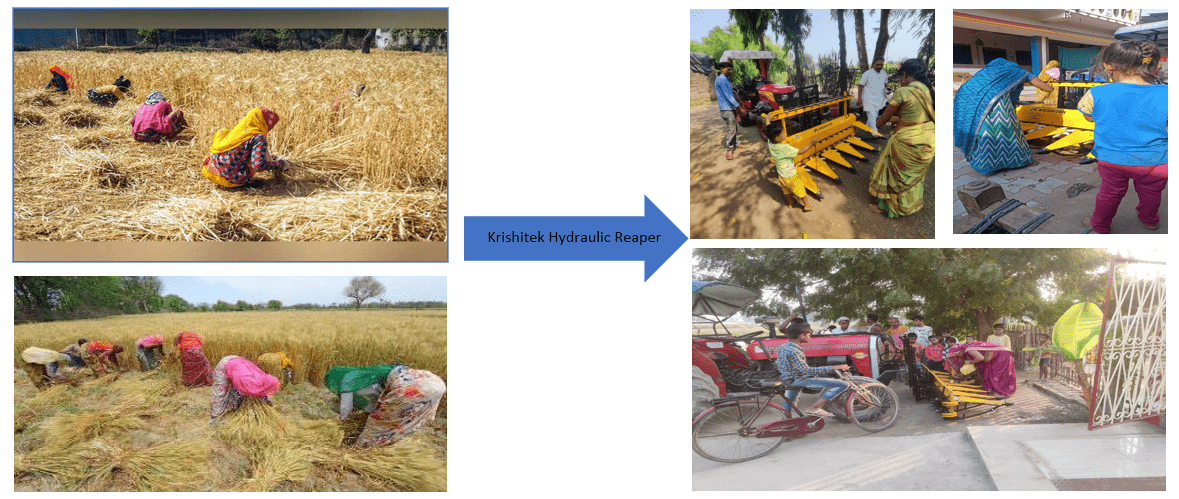Menu


In the vast tapestry of Indian agriculture, small and marginal farmers, as well as women farmers, play a crucial role in the nation’s food security. However, their journey is often fraught with challenges, particularly the physical drudgery associated with traditional farming methods. In this blog post, we explore the transformative impact of small agriculture machinery on the lives of these farmers, shedding light on how innovation is making their daily tasks more efficient and their lives better.
Small and marginal farmers, who constitute a significant portion of India’s farming community, often grapple with limited resources, including land, capital, and access to modern technology. Additionally, women farmers face unique challenges, with many of them actively involved in farming but burdened by manual labor-intensive tasks.
Key Challenges:
The advent of small agriculture machinery has emerged as a game-changer for small and marginal farmers, offering them a lifeline to increased productivity and improved well-being. These compact and affordable machines are designed to address the specific needs of small-scale farming, providing efficiency and relief from physical drudgery.
Benefits of Small Agriculture Machinery:
For women farmers, small agriculture machinery serves as a powerful tool for empowerment. Tasks that were traditionally considered arduous and time-consuming, such as weeding and harvesting, become more manageable with the introduction of user-friendly and compact machinery.
Key Empowerment Factors:
As India looks toward a future of sustainable agriculture, the integration of small agriculture machinery holds the key to empowering its small and marginal farmers, including women in farming. Government initiatives, subsidies, and awareness programs can further catalyze the adoption of these technologies, ensuring a brighter and more prosperous future for the backbone of Indian agriculture.
In conclusion, the journey toward a more inclusive and efficient agricultural landscape in India begins with recognizing the challenges faced by small and marginal farmers, particularly women. Small agriculture machinery emerges as a beacon of hope, promising a future where farming is not only sustainable but also enriching for those who toil tirelessly to feed the nation.
This will close in 300 seconds
This will close in 300 seconds
This will close in 300 seconds
This will close in 300 seconds